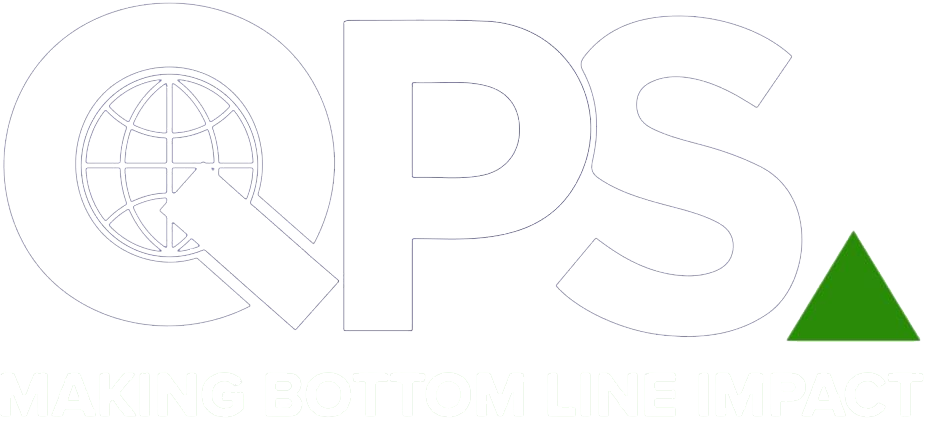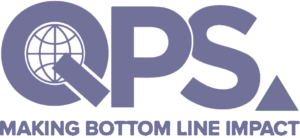AZ-500T00 Microsoft Azure Security Technologies
- 4 Days Course
- Language: English
Introduction:
How do you stay ahead of threats in a constantly evolving Azure security landscape? As cloud adoption grows, so does the need for professionals who can secure Microsoft Azure environments against increasingly complex threats. This course equips you to implement advanced security controls, manage identity and access, protect data and applications, and monitor security operations across hybrid and cloud-native infrastructure.
Designed for current or aspiring Azure Security Engineers, this training also prepares you for the AZ-500: Microsoft Azure Security Technologies certification. With immersive labs and real-world scenarios, you’ll gain the technical experience and confidence to manage security in Azure from the ground up.
Objectives:
This course builds on your Azure administration experience by focusing on security best practices, threat mitigation, and identity protection. You’ll gain the skills required to:
Implement secure identity and access management solutions
Configure platform protection for Azure compute and network
Manage security operations using Microsoft Defender and Sentinel
Secure data at rest and in transit across Azure workloads
Monitor and remediate vulnerabilities to maintain security posture
Course Outline:
Module 1: Identity and Access
- Configure Azure Active Directory and Privileged Identity Management
- Implement Azure RBAC and authentication mechanisms
Module 2: Platform Protection
- Secure network and host environments
- Configure Azure Firewall, Application Gateway, Front Door, DDoS protection
Module 3: Security Operations
- Configure Azure Security Center / Microsoft Defender
- Manage security policies, alerts, and baselines
Module 4: Data and Applications
- Secure data storage and encryption
- Use Azure Key Vault; apply application security best practices
Module 5: Certification Exam
- Final review and exam administration
- Apply for the Microsoft Certified: Azure Security Engineer Associate credential
Enroll in this course
$3,205.38 – $3,360.27

